Muscle cars have a special place in automotive history, known for their powerful engines, bold designs, and thrilling performance. These machines weren’t just about speed—they represented freedom, innovation, and a bit of rebellion, capturing the spirit of their eras. From the Mustang to the Chevelle, these cars changed what drivers expected from American-made vehicles, pushing the boundaries of style and engineering. Each model on this list brought something unique to the road, influencing not only car enthusiasts but also the future of car design. Here are 20 classic muscle cars that truly revolutionized the auto industry, setting standards that continue to inspire today.
Ford Mustang (1965)
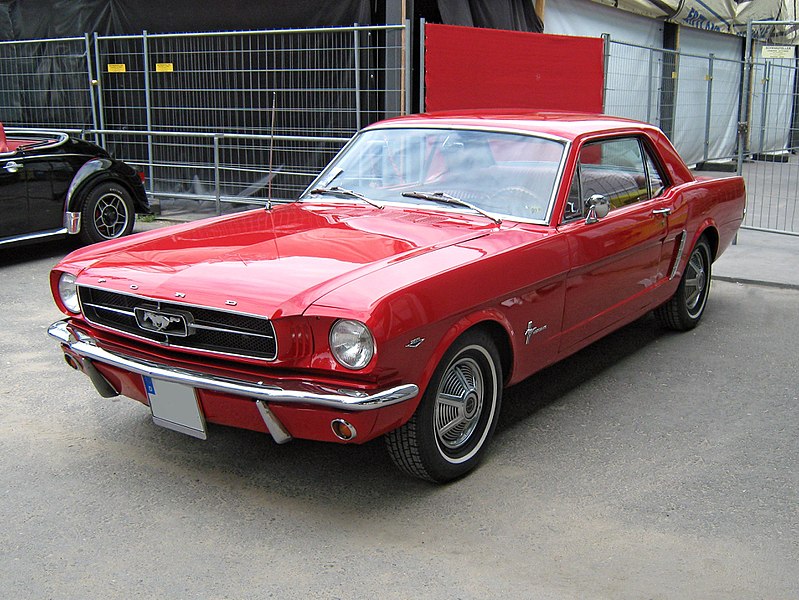
The 1965 Ford Mustang is often considered the pioneer of the muscle car era, introducing a blend of affordability, style, and performance that captivated a broad audience. Known for its iconic long hood and short rear deck, the Mustang’s design set a standard that would inspire generations. Under the hood, it offered a powerful V8 engine, making it a dream car for speed enthusiasts. Ford’s marketing was equally revolutionary, targeting young drivers eager for a sporty yet affordable car. This car became a pop culture icon, appearing in numerous films and music videos, further embedding it in American culture. Over the years, the Mustang has evolved, but the 1965 model remains a symbol of freedom and rebellion. Few cars have managed to capture the spirit of an era as effectively as the original Mustang.
Chevrolet Camaro Z/28 (1967)
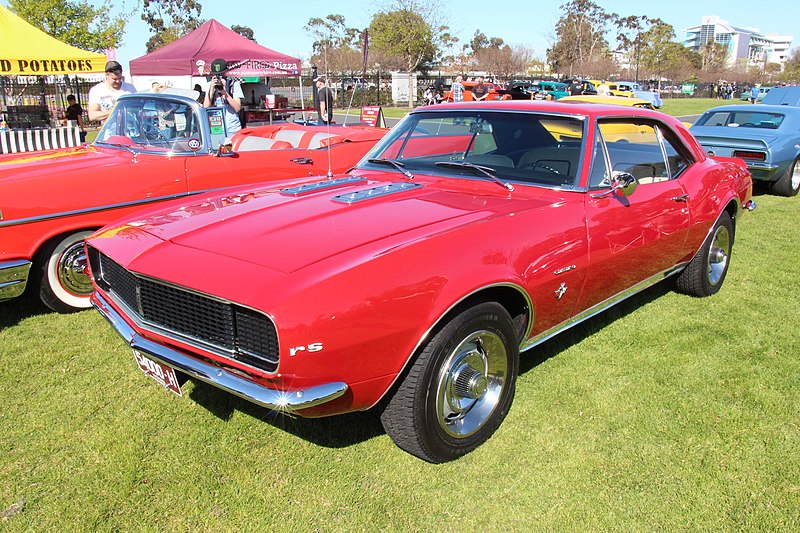
Chevrolet’s 1967 Camaro Z/28 emerged as a direct competitor to the Mustang, aiming to establish its own legacy in the muscle car world. With a powerful small-block V8 engine, it was designed to dominate both the street and the track. The Z/28 package offered enhanced performance features, like a close-ratio four-speed transmission and heavy-duty suspension, making it a racing enthusiast’s dream. Its aggressive styling, with bold stripes and a low stance, gave it an unmistakable presence. In the years that followed, the Camaro would solidify its place as one of the most beloved American muscle cars. This car didn’t just compete with the Mustang; it pushed Chevrolet to innovate continuously. The 1967 Camaro Z/28 proved that Chevrolet could deliver both speed and style in a single package.
Pontiac GTO (1964)

Often dubbed the first true muscle car, the 1964 Pontiac GTO set the stage for high-performance American vehicles. With its 389-cubic-inch V8 engine, this powerhouse could go from zero to sixty in under six seconds—a staggering feat at the time. Pontiac engineers John DeLorean, Bill Collins, and Russ Gee initially developed the GTO as an option package for the Tempest, transforming an otherwise standard car into a high-powered machine. The GTO’s success spurred an industry-wide push toward larger engines and higher horsepower. This car wasn’t just about power; it had an appeal that drew both casual drivers and hardcore enthusiasts. Its popularity eventually earned it the nickname “The Great One,” signifying its impact on the era. The Pontiac GTO remains a symbol of American automotive ingenuity and daring.
Dodge Charger R/T (1968)
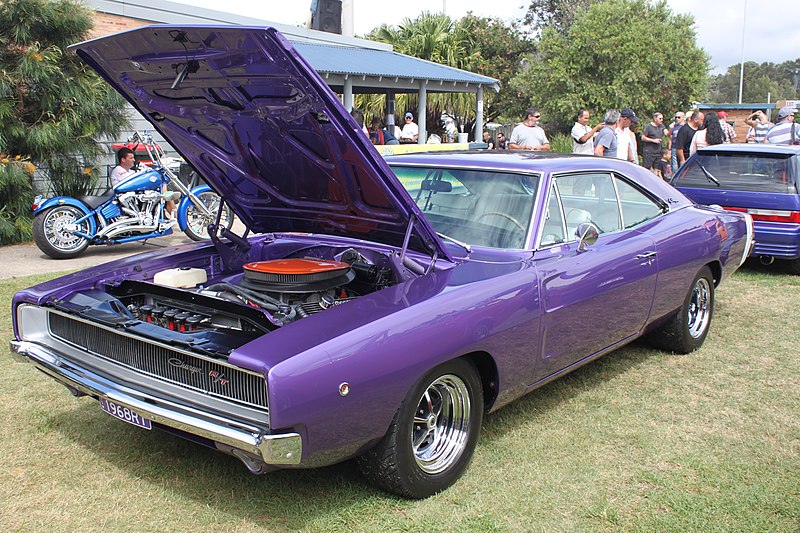
The 1968 Dodge Charger R/T brought a fierce new look to the muscle car scene, with a wide stance and distinctive “Coke bottle” design. It came equipped with a massive 440 Magnum V8 engine, delivering incredible power and acceleration. This model also featured the legendary Hemi engine option, making it one of the most powerful muscle cars of its time. Its aggressive front grille and sleek body design made it an instant favorite among fans and collectors. The Charger R/T became a pop culture icon, notably appearing in films like Bullitt and The Dukes of Hazzard, solidifying its reputation. Dodge’s commitment to raw power and performance was clear in every detail of this car. The 1968 Charger R/T remains a quintessential symbol of the muscle car era.
Plymouth Road Runner (1968)
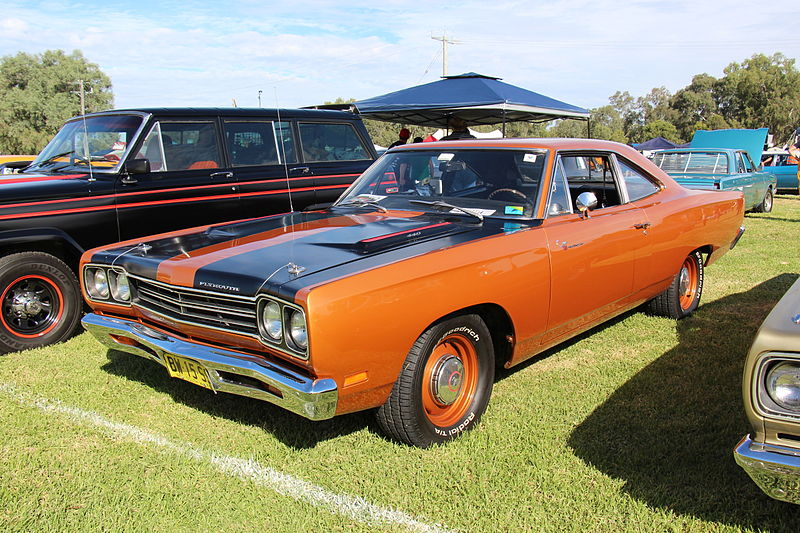
The 1968 Plymouth Road Runner focused on providing high-performance thrills without unnecessary frills, making it a practical yet powerful option. It came with a 383 cubic-inch V8 as standard, but those seeking more power could opt for the 426 Hemi engine. With its unique “beep-beep” horn and bold graphics, the Road Runner stood out in a competitive market. Plymouth’s approach was simple: keep costs low and power high, attracting a new segment of muscle car enthusiasts. This no-nonsense approach appealed to drivers who wanted speed without sacrificing affordability. The Road Runner was a game-changer, proving that a budget muscle car could deliver both performance and personality. It’s remembered as a true icon of straightforward American engineering.
Chevrolet Chevelle SS 454 (1970)
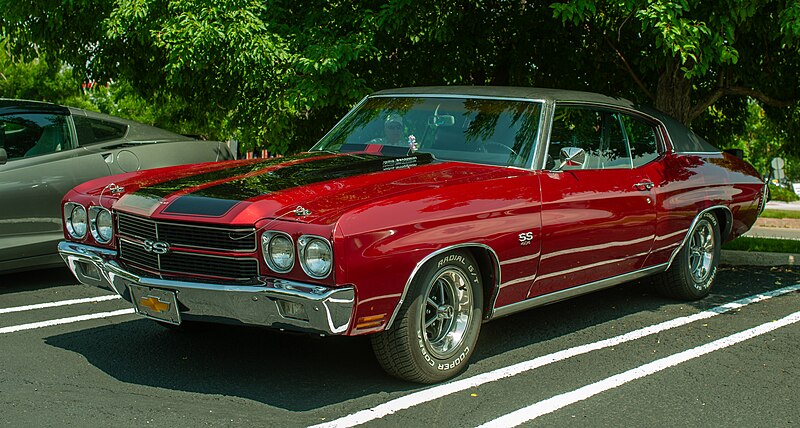
The 1970 Chevrolet Chevelle SS 454 became an instant legend with its monstrous 454-cubic-inch LS6 V8 engine, producing up to 450 horsepower. Known for its sleek design and muscular stance, the Chevelle SS 454 epitomized power and performance. Chevrolet gave it an aggressive look with dual racing stripes and bold SS badges, capturing the essence of the muscle car era. This model pushed the limits of horsepower, setting new benchmarks for performance enthusiasts. It was also one of the fastest cars available at the time, rivaling more expensive, exotic imports. The Chevelle SS 454 remains one of the most sought-after classic muscle cars for its sheer brute force and iconic design. It’s a testament to the era’s obsession with raw, unbridled power.
Pontiac Firebird Trans Am (1977)
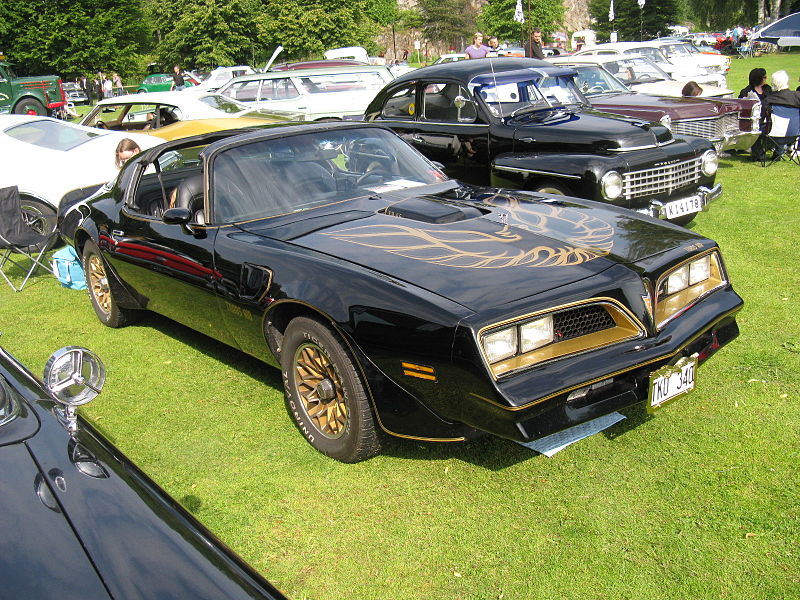
The 1977 Pontiac Firebird Trans Am, famously driven by Burt Reynolds in Smokey and the Bandit, became a pop culture icon almost overnight. With its striking black paint, gold accents, and signature hood decal, it turned heads wherever it went. The Trans Am packed a potent V8 engine, and while it wasn’t the fastest muscle car, its design and handling set it apart. This model was a bridge between classic muscle cars and the evolving sports car market of the late ‘70s. Pontiac focused on style and flair, which attracted a loyal fan base and boosted the Trans Am’s popularity. The Firebird Trans Am remains a symbol of 1970s American car culture and is highly collectible today. Its influence extends far beyond performance, embodying style and swagger in equal measure.
Oldsmobile 442 (1970)

The 1970 Oldsmobile 442 was a powerhouse on wheels, known for its 455-cubic-inch V8 engine that delivered up to 365 horsepower. The “442” stood for four-barrel carburetor, four-speed manual transmission, and dual exhaust, highlighting its performance-centric design. With a sleek yet understated exterior, the 442 didn’t rely on flashy looks but rather its strong, reliable build. Oldsmobile managed to balance luxury with power, creating a muscle car that appealed to both performance enthusiasts and everyday drivers. The 442’s W-30 package added even more power, attracting serious collectors. Today, it’s remembered as one of the best-engineered muscle cars of its time. The 442 was proof that Oldsmobile could compete with the best in American performance.
AMC Javelin AMX (1971)
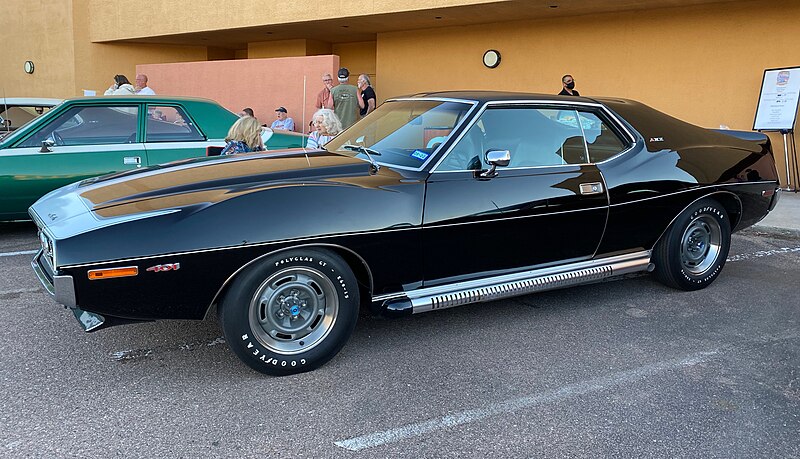
The 1971 AMC Javelin AMX offered a unique take on the muscle car, blending distinctive styling with powerful performance. AMC introduced the Javelin as a competitor to the Camaro and Mustang, but with a look all its own. With a 401-cubic-inch V8 engine, the AMX model was capable of serious speed and acceleration. This car featured a bold front-end design, flared fenders, and a rear spoiler, giving it a sporty, aggressive appearance. AMC’s commitment to racing influenced the Javelin’s engineering, making it competitive on the track as well. Although AMC was a smaller automaker, the Javelin AMX demonstrated that they could produce a true muscle car. The Javelin AMX remains a beloved classic, valued for its unique place in muscle car history.
Buick GSX (1970)
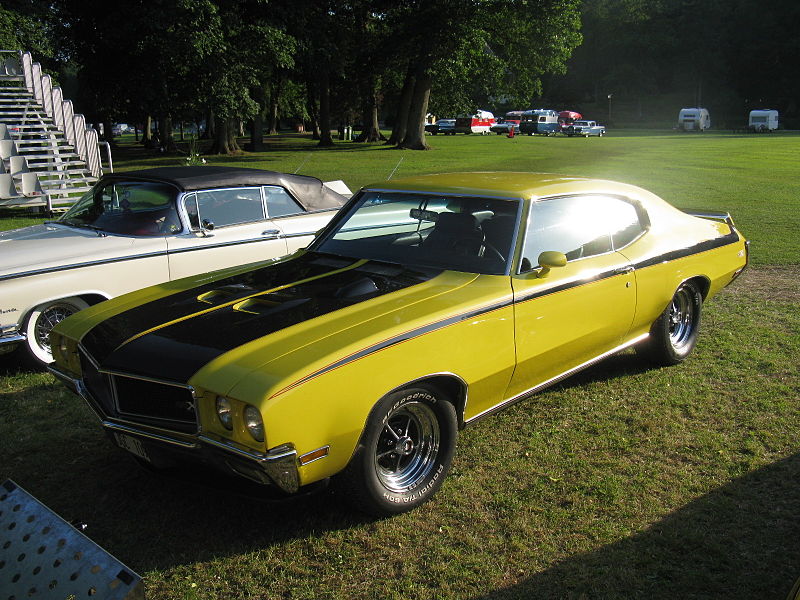
The 1970 Buick GSX combined luxury and power, setting it apart from other muscle cars with its refined design and monstrous 455-cubic-inch V8 engine. Producing up to 510 lb-ft of torque, the GSX was one of the most powerful muscle cars of its era. Buick offered the GSX in two striking color options—Saturn Yellow and Apollo White—making it impossible to miss. This model also featured a high-performance suspension, allowing for smoother handling at high speeds. Buick’s approach was unique, blending a luxury feel with raw power, appealing to those seeking both comfort and performance. The GSX’s rarity and distinctive styling have made it highly sought after by collectors. It’s a prime example of Buick’s capability to deliver serious muscle without sacrificing comfort.
Dodge Challenger R/T (1970)
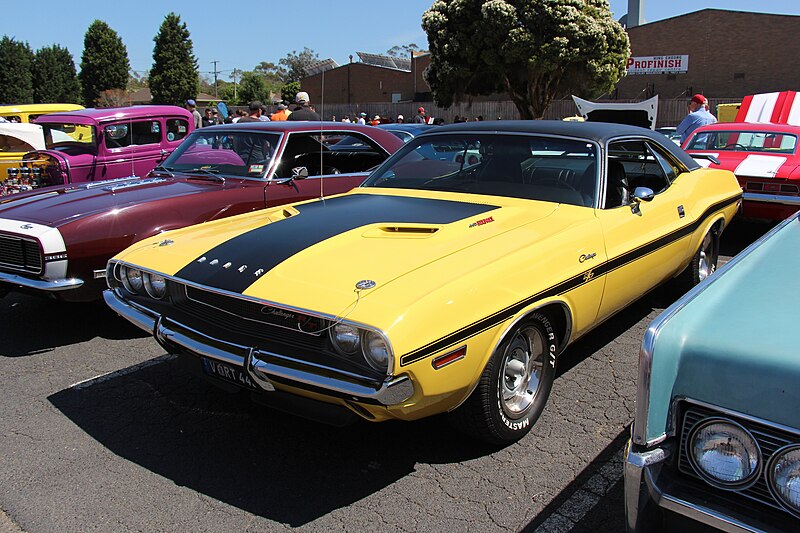
The 1970 Dodge Challenger R/T arrived as a direct rival to the Mustang and Camaro, bringing Chrysler’s powerful engineering to the muscle car battle. With a range of engine options, including the legendary 426 Hemi, the Challenger R/T offered high-performance options for various budgets. Its wide body, bold colors, and unmistakable front grille gave it a distinctive look that quickly gained a following. Dodge equipped the R/T with a Rallye suspension, making it as capable in handling as it was in straight-line speed. The Challenger quickly became a symbol of American muscle, cementing Dodge’s place in the performance car market. Over the years, it has evolved but retained the aggressive spirit of the original model. The 1970 Challenger R/T remains one of the most iconic muscle cars ever produced.
Mercury Cougar Eliminator (1969)
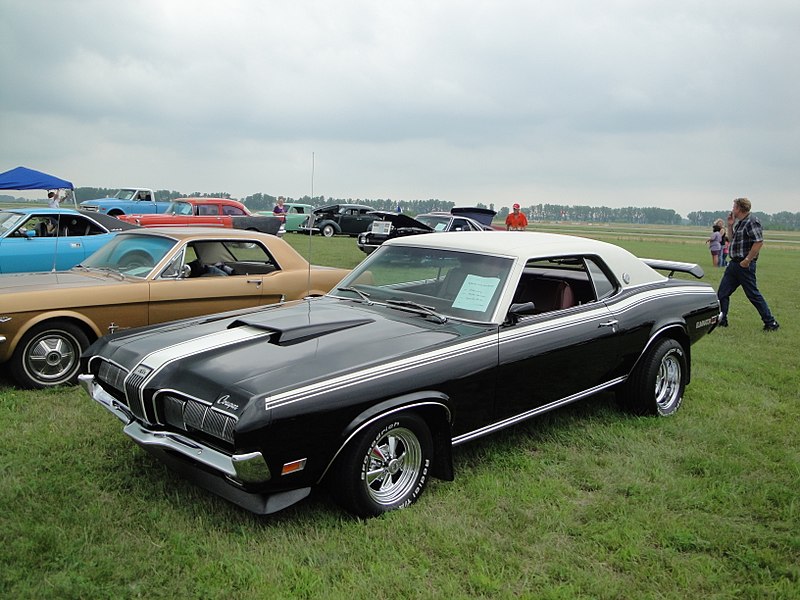
The 1969 Mercury Cougar Eliminator represented Mercury’s foray into the high-performance muscle car market, featuring bold styling and impressive engineering. With a 428 Cobra Jet V8 engine under the hood, the Eliminator was capable of serious speed. This model featured bold color options, a rear spoiler, and unique striping, distinguishing it from other Cougars. Mercury targeted drivers who wanted luxury along with performance, offering an upscale interior that set it apart from other muscle cars. The Cougar Eliminator also benefited from Ford’s racing expertise, adding to its performance pedigree. Today, it’s a rare and highly collectible muscle car, revered for its style and power. The 1969 Eliminator showcased Mercury’s ability to produce a competitive and stylish muscle car.
Shelby GT500 (1967)
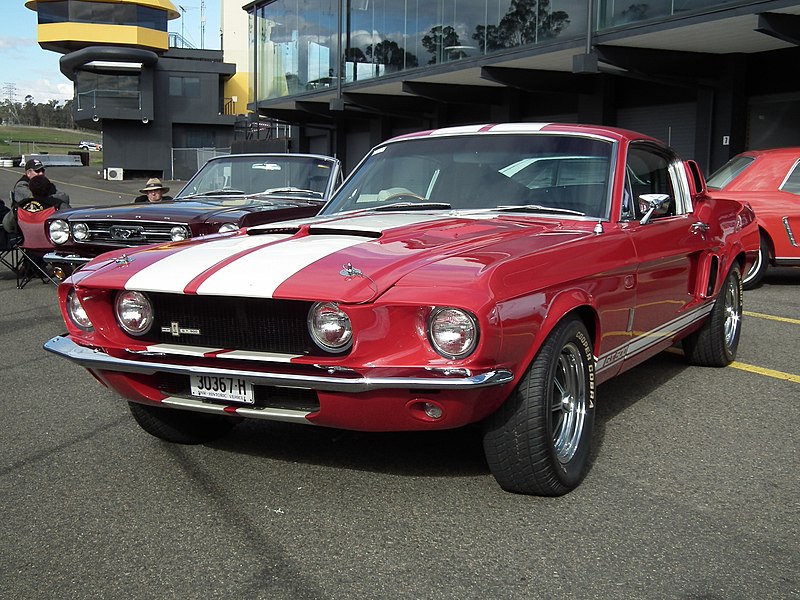
The 1967 Shelby GT500, created by the legendary Carroll Shelby, was a high-performance version of the Mustang that took the muscle car to new heights. Equipped with a 428 Police Interceptor V8, the GT500 delivered an impressive amount of power and speed. Shelby’s engineering expertise transformed the Mustang into a beast on the track, with enhanced suspension and braking systems. The GT500’s aggressive styling, complete with racing stripes and a unique front grille, made it instantly recognizable. This model became an icon, embodying both American performance and racing culture. Shelby’s modifications turned the GT500 into a formidable car, respected both on the street and the track. It’s one of the most revered classic muscle cars, with a legacy that lives on in modern Mustangs.
Plymouth Barracuda Hemi (1970)
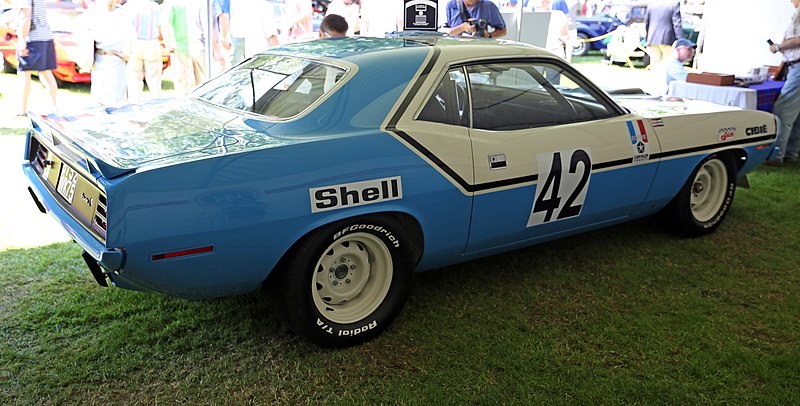
The 1970 Plymouth Barracuda Hemi, known simply as the “Cuda,” is legendary for its performance and aggressive styling. With the 426 Hemi engine, it was capable of speeds that few could rival, making it a staple at drag strips across the country. Plymouth’s bold design choices, such as the shaker hood and sporty stripes, gave it a menacing appearance. The Cuda’s power and styling made it an instant favorite among muscle car enthusiasts. Unfortunately, it was short-lived, as rising insurance rates and fuel costs led to its demise. Despite its brief production run, the Cuda remains one of the most celebrated muscle cars in history. Its rarity and performance have made it highly valuable among collectors.
Chevrolet Nova SS (1969)
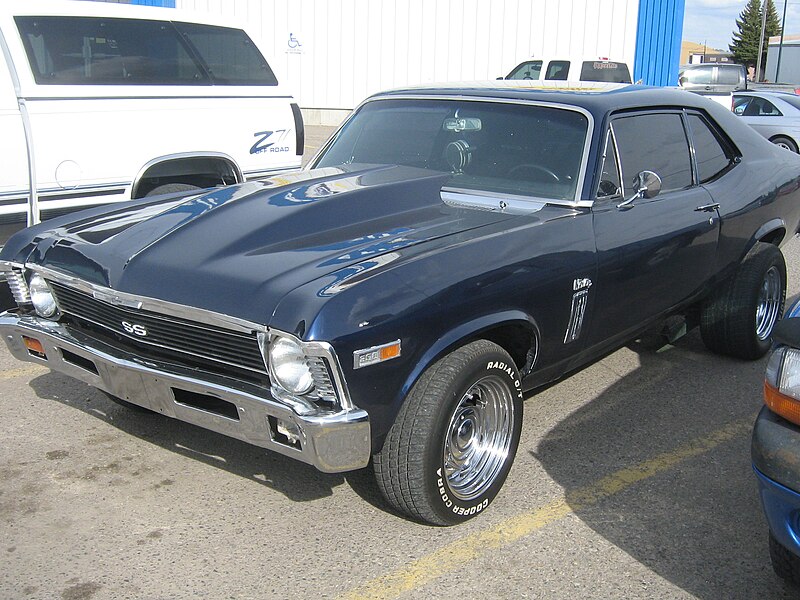
The 1969 Chevrolet Nova SS may not have had the flashiest design, but it delivered incredible performance with a simple, compact body. Fitted with a 396-cubic-inch V8 engine, the Nova SS packed a surprising amount of power for its size. Chevrolet marketed the Nova as an affordable option for those wanting a muscle car without breaking the bank. Its unassuming exterior made it a sleeper on the streets, often surprising other drivers with its speed. The Nova SS proved that muscle cars didn’t have to be large to be powerful. Today, it’s remembered as one of Chevrolet’s most versatile and accessible muscle cars. The 1969 Nova SS remains a favorite for enthusiasts who appreciate its simplicity and power.
Ford Torino Cobra (1969)
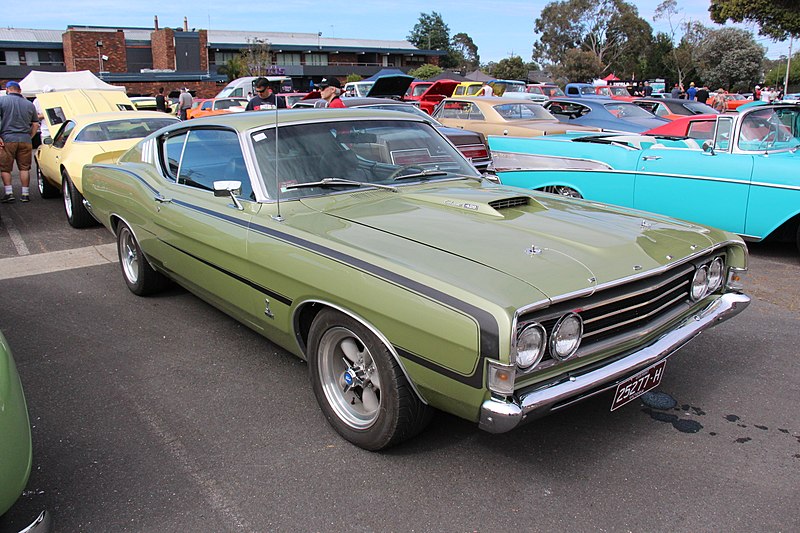
The 1969 Ford Torino Cobra showcased Ford’s commitment to the muscle car race with its 428 Cobra Jet V8 engine, which delivered high-end performance and raw power. This model was designed with a sleek, aerodynamic body that improved its handling and speed capabilities. Known for its no-nonsense look, the Torino Cobra focused heavily on performance rather than flashy aesthetics. Ford included a Drag Pack option that increased its durability and power output, appealing to drag racing enthusiasts. The car quickly gained popularity for its ability to dominate the quarter-mile, becoming a respected name on the racing circuit. Its combination of power and affordability made it accessible to a wide range of muscle car fans. Today, the Torino Cobra remains a symbol of Ford’s racing heritage and innovation.
Plymouth GTX (1967)
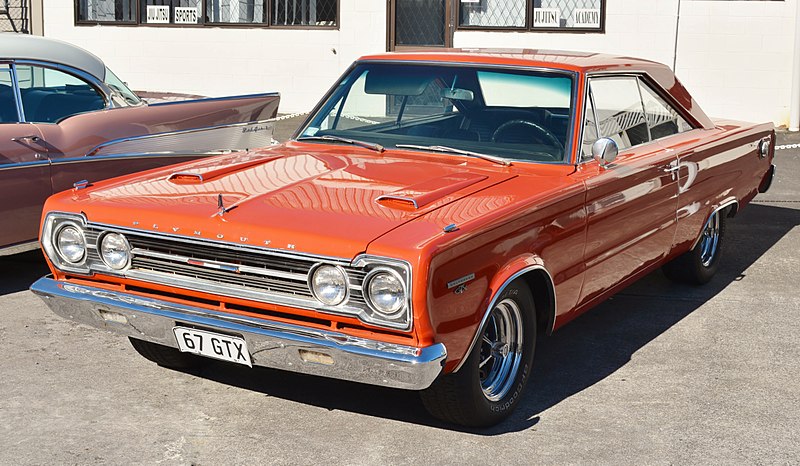
The 1967 Plymouth GTX, often called “The Gentleman’s Muscle Car,” struck a balance between luxury and performance with a refined look and powerful 440 Super Commando V8 engine. This car offered a unique blend of comfort features alongside its high-performance engine, making it appealing to drivers looking for style and speed. The GTX came standard with a range of performance enhancements, from heavy-duty brakes to a premium suspension system. Plymouth’s attention to detail extended to the interior, offering a level of sophistication rare in muscle cars. The car’s striking grille and body lines gave it a commanding presence on the road. The GTX proved that muscle cars didn’t have to sacrifice comfort for performance. It stands as an example of Plymouth’s innovative approach to the muscle car formula.
Pontiac Firebird 400 (1968)

The 1968 Pontiac Firebird 400 was a powerful entry into the muscle car scene, equipped with a 400-cubic-inch V8 engine that delivered high horsepower and torque. This model featured distinctive styling elements like the twin-scoop hood, which gave it an aggressive look that matched its performance. Pontiac designed the Firebird to compete with the Camaro, offering both power and distinctive features that set it apart. The Firebird’s handling and stability made it a favorite among drivers who wanted more than just straight-line speed. Over time, it became a symbol of Pontiac’s commitment to both design and performance. The Firebird 400 remains a sought-after classic for its style and enduring legacy in American muscle car history. Its impact on the muscle car world is still celebrated today.
Dodge Super Bee (1969)
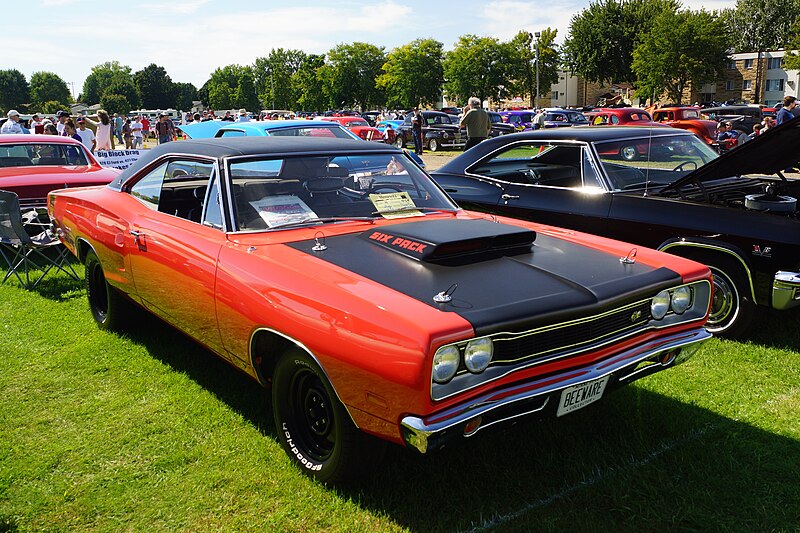
The 1969 Dodge Super Bee was Dodge’s answer to affordable, high-performance muscle cars, powered by a 383 Magnum V8 engine with an option to upgrade to the 426 Hemi. Built on the Coronet platform, the Super Bee emphasized function over form with a simple design and powerful engine. Its unique “bumblebee” stripe and aggressive front end made it stand out without unnecessary flash. Dodge’s approach with the Super Bee was to deliver raw power at a reasonable price, appealing to younger buyers. It became known for its durability and strong presence on the street and at the drag strip. The Super Bee’s straightforward appeal has made it a favorite among collectors and enthusiasts. Its no-frills attitude symbolizes the essence of classic American muscle.
Chevrolet Corvette Stingray (1969)
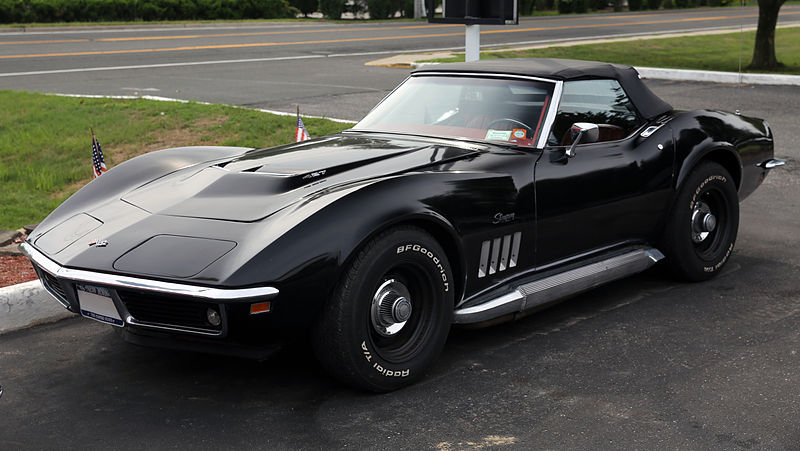
The 1969 Chevrolet Corvette Stingray represented a shift in the muscle car world, blending high performance with a sleek, aerodynamic design. Its powerful 427-cubic-inch V8 engine delivered thrilling speed, making it a standout on both the street and the track. Chevrolet designed the Stingray with an emphasis on handling, giving it an independent rear suspension and a lower center of gravity. The bold, futuristic design of the Stingray became iconic, with its curves and muscular stance setting a new standard. Known for its versatility, it appealed to drivers seeking both speed and style. The 1969 model remains a classic, revered for its balance of beauty and power. The Corvette Stingray continues to be a symbol of American automotive ingenuity.
This article originally appeared on Rarest.org.
More From Rarest.Org
Throughout history, countless architectural marvels have been demolished, often too soon and for various reasons. Whether due to changing urban needs, safety concerns, or economic pressures, these structures, once symbols of cultural or architectural significance, were torn down before their time. Read more.
Rivers around the world are under increasing threat from damming and other forms of water management, which are disrupting natural ecosystems and threatening the biodiversity that depends on these waterways. From large-scale hydroelectric projects to water diversion for agriculture and urban development, these interventions can have long-lasting negative effects on both local communities and wildlife. Read more.
Airports are critical hubs in the global transportation network, facilitating the movement of millions of passengers each year. The busiest ones in the world are not only characterized by their passenger traffic but also by their immense size, cutting-edge facilities, and strategic locations. Read more.



